
Mevlana Celaleddin Rumi
Mevlana who is also known as Rumi, was a philosopher and mystic of Islam, but not a Muslim of the orthodox type. His doctrine advocates unlimited tolerance, positive reasoning, goodness, charity and awareness through love. To him and to his disciples all religions are more or less truth. Looking with the same eye on Muslim, Jew and Christian alike, his peaceful and tolerant teaching has appealed to men of all sects and creeds.
Sema:
Sema is part of the inspiration of Mevlana Celaleddin-i Rumi (1207- 1273) as well as of Turkish custom, history, beliefs and culture.
From a scientific viewpoint we witness that contemporary science definitely confirms that the fundamental condition of our existence is to revolve. There is no object, no being which does not revolve and the shared similarity among beings is the revolution of the electrons, protons and neutrons in the atoms, which constitute the structure of each of them. As a consequence of this similarity, everything revolves and man carries on his live, his very existence by means of the revolution in the atoms, structural stones of his body, by the revolution of his blood, by his coming from the earth and return to it, by his revolving with earth itself.
However, all of these are natural, unconscious revolutions. But man is the possessor of a mind and intelligence which distinguishes him from and makes him superior to other beings. Thus the "whirling dervish" or Semazen causes the mind to participate in the shared similarity and revolution of all other beings… Otherwise, the Sema ceremony represents a mystical journey of man's spiritual ascent through mind and love to "Perfect." Turning towards the truth, his growth through love, desert his ego, find the truth and arrive to the "Perfect," then he return from this spiritual journey as a man who reached maturity and a greater perfection, so as to love and to be of service to the whole of creation, to all creatures without discrimination of believes, races, classes and nations.| Sema consists of seven parts. The first part The second part is a drum voice,
The fourth part is the "dervishes" greetings to each other and their thrice repeated circular walk "Devr-i Veled," with the accompaniment of a music called "peshrev." It symbolize the salutation of soul to soul concealed by shapes and bodies. The fifth part is the Sema (whirling). It consists of four salutes or "Selam"s. At the end of each as in the onset, the dervish testifies by his appearance to God's unity. | ||
| 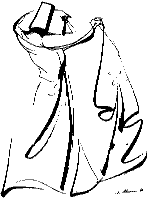 First Salute |
Kiss of hand |
|
Second Salute
|
Third Salute - Whirling
| |
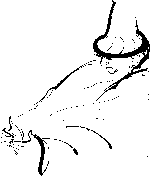 At the sixth part Sema ends with a reading of the Quran and specially of the verse from sura Bakara 2, verse 115, "Unto God belong the East and the West, and whither over ye turn, you are faced with Him. He is All-Embracing, All-Knowing." The seventh part is a prayer for the repose of the souls of all Prophets and all believers. | ||
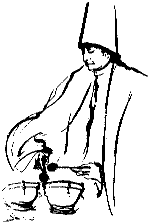
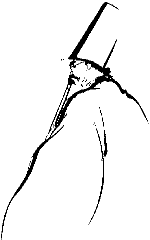 The third part is an instrumental improvisation "taksim" with a reed "ney." It represents the first breath which gives life to everything. The Divine Breath.
The third part is an instrumental improvisation "taksim" with a reed "ney." It represents the first breath which gives life to everything. The Divine Breath.
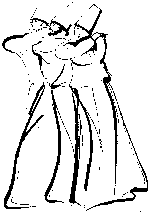
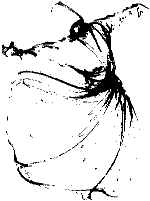
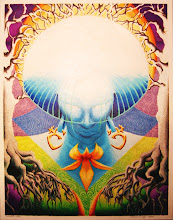
No comments:
Post a Comment